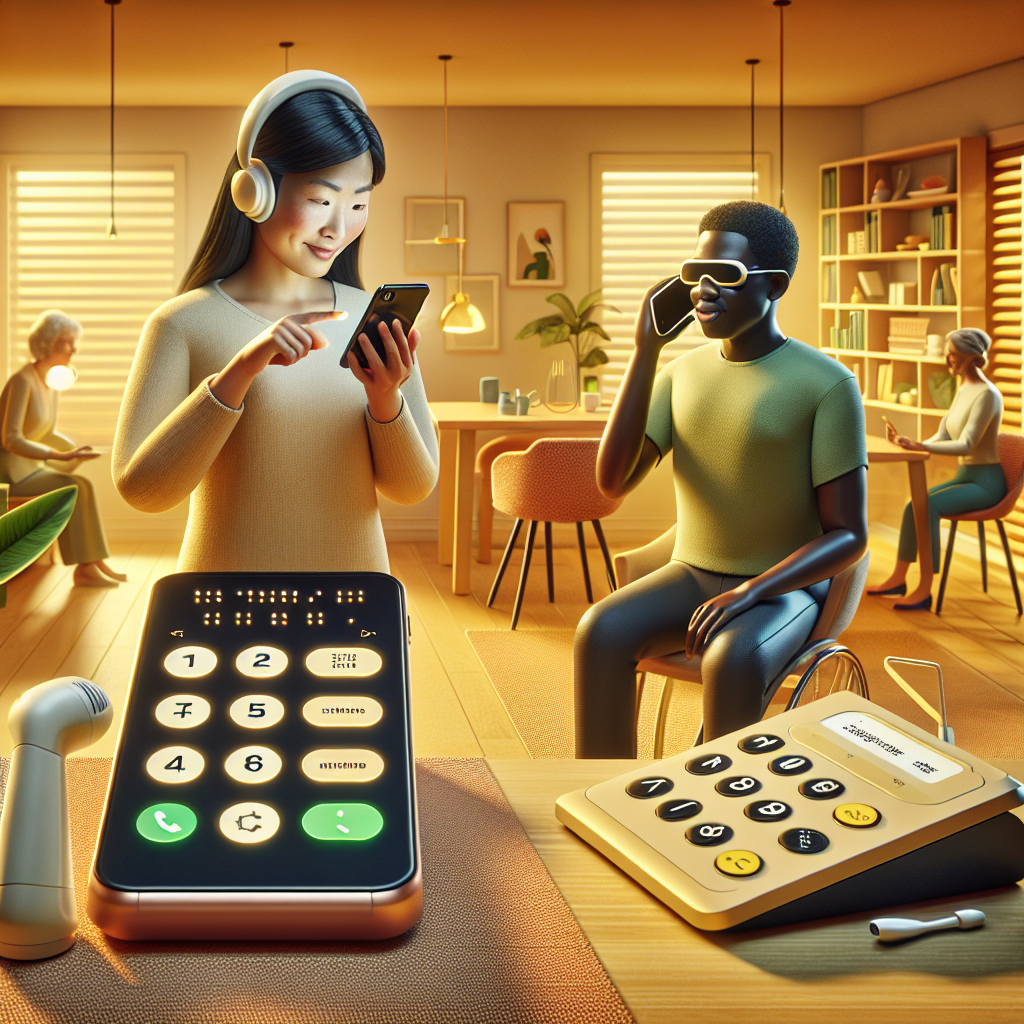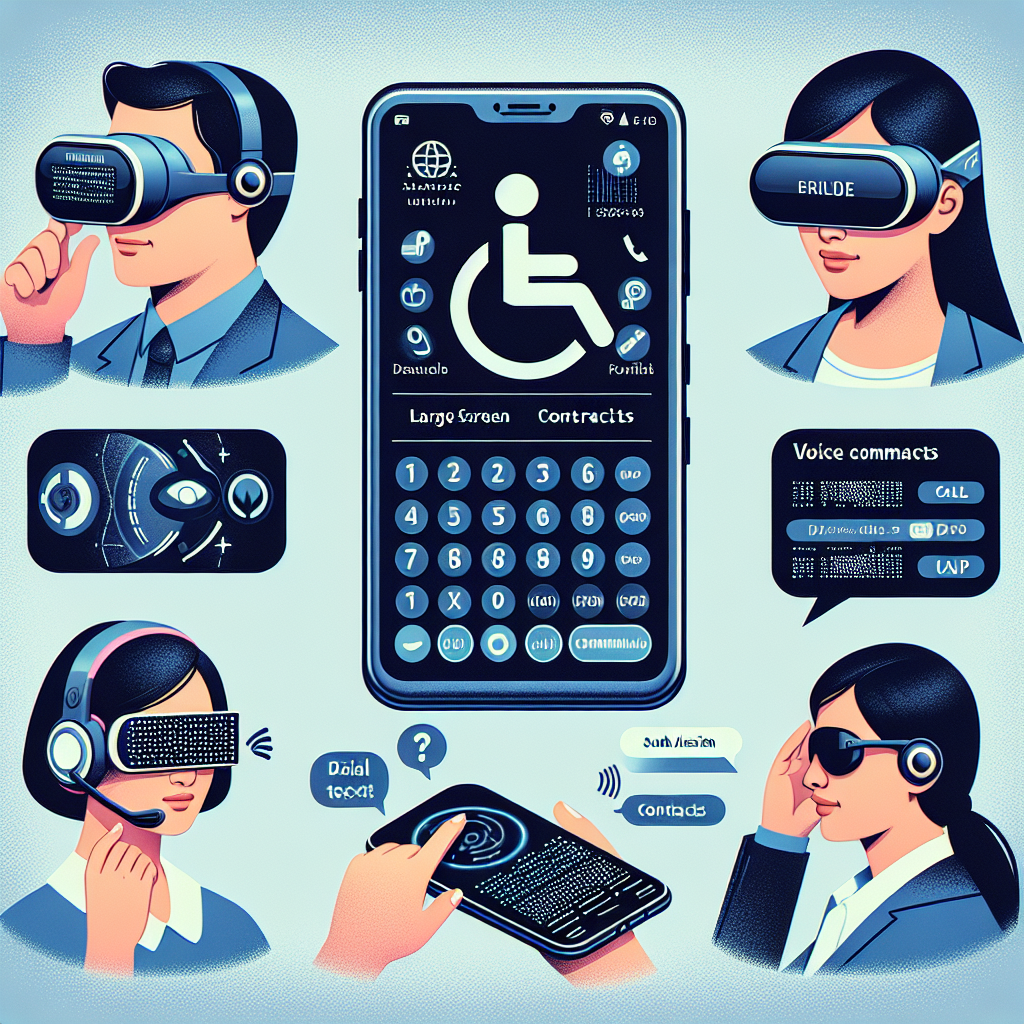Simple Solutions for Making Calls with Vision Impairments
Simple Solutions for Making Calls with Vision Impairments

Introduction
In today’s digital age, making phone calls is a fundamental part of daily communication. However, for individuals with vision impairments, this task can present unique challenges. Recent advancements and simple solutions are making it easier for visually impaired individuals to make calls efficiently and independently.
Key Solutions
Several innovative approaches have been developed to assist those with vision impairments in making phone calls. These solutions focus on accessibility and ease of use:
- Voice-Activated Assistants: Devices like Siri, Google Assistant, and Alexa allow users to make calls using voice commands, eliminating the need for visual interaction.
- Screen Readers: Software such as JAWS and NVDA read out text on the screen, enabling users to navigate their phone’s interface and make calls.
- Large Button Phones: Specially designed phones with large, tactile buttons provide a physical interface that is easier to use for those with limited vision.
- Braille Displays: These devices convert text on a screen into Braille, allowing visually impaired users to read and interact with their phones.
Technological Innovations
Technology continues to evolve, offering new tools and features that enhance accessibility for the visually impaired:
- AI-Powered Apps: Applications that use artificial intelligence to recognize and describe visual content, helping users identify contacts and navigate their devices.
- Customizable Interfaces: Phones with customizable settings that allow users to adjust text size, contrast, and color schemes for better visibility.
Community and Support
Support networks and communities play a crucial role in empowering visually impaired individuals:
- Online Forums: Platforms where users can share tips, experiences, and advice on using technology effectively.
- Workshops and Training: Programs that offer hands-on training to help users become proficient with assistive technologies.
Conclusion
With the integration of voice-activated assistants, screen readers, and other assistive technologies, making phone calls has become more accessible for individuals with vision impairments. These solutions not only enhance independence but also improve the overall quality of life. As technology continues to advance, the future holds even more promise for inclusive communication tools.

















